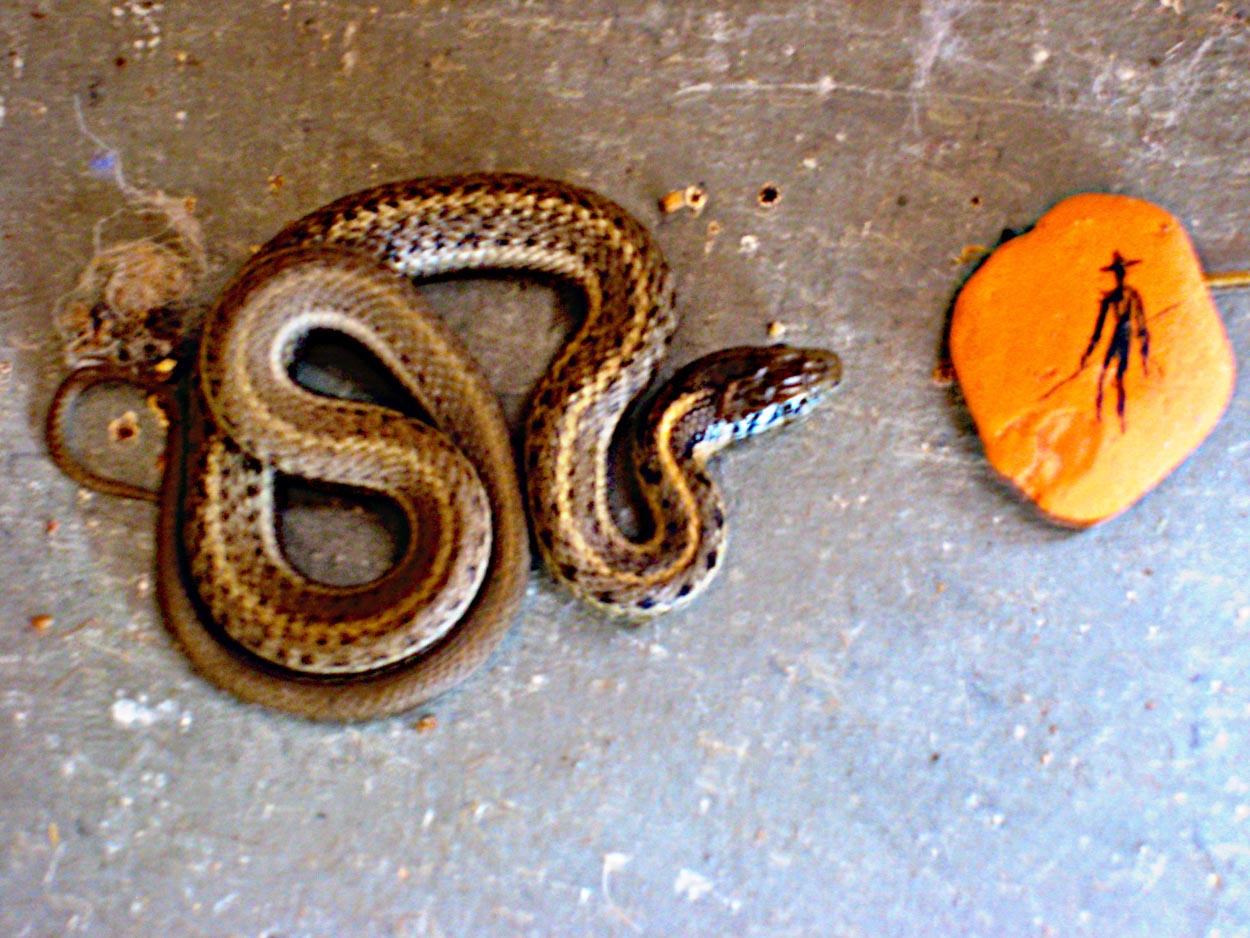
The Brand, the Allegory, the Symbolism and the Story
Our history is our story, it’s the nature of our wandering in the winding course of our lives, our explorations and poetic discoveries. The question might come to the nature of the wander—and what is that, just a rambling foray in whatever way the wind carries us, as the bare etymology of wander implies. Wander is, of course, as a word, derived from “wind,” which isn’t really about the “wind,” as a breeze buffeting but rather “to wind,”
Winding almost implies the knot work of connection—we take two strings, we wind them and they become one.
Phil Harper notes, to precise specificity:
“move by turning and twisting,” Old English windan “to turn, twist, plait, curl, brandish, swing” (class III strong verb; past tense wand, past participle wunden), from Proto-Germanic *windan“to wind” (source also of Old Saxon windan, Old Norse vinda, Old Frisian winda, Dutch winden, Old High German wintan, German winden, Gothic windan “to wind”), from PIE *wendh– “to turn, wind, weave” (source also of Latin viere “twist, plait, weave,” vincire “bind;” Lithuanian vyti“twist, wind”).
Related to wend, which is its causative form, and to wander. The past tense and past participle merged in Middle English. Meaning “to twine, entwine oneself around” is from 1590s; transitive sense of “turn or twist round and round (on something) is from c. 1300.
I think about the journey of brands—as a storytelling, that narrative comes to the opening, the invitation of the plot, the interweaving of characters—a protagonist—the defense, the brand hero, the antagonist—the offense, the brand’s antihero, perhaps a competitive presence. And, as a sentinel to symbolism, I follow the one to another—the binding and interplay of plait work, the intermingling of threads and ideas, the weaving, warp and weft. For you—your work, it’s an intriguing contemplation, the questing strategist invariably finds that—besides the fundamentals of commerce —there are deeper values to the work:there is a journey to the finding and founding of a measure of commerce—a worldview lit by passionate fire.
Enterprise founders and brand magicians love what they do.
They must.
But that journey is rarely a straight line. Likely, it is a wandering. Which, like the wind—from which the word wanderer comes from—is a journey of meander, exploration, failure of finding and rightful discovery.Wandering is work —wandering is winding. Meander isn’t an easy journey, could be longer and more meditative in the examination of the pathway—what you might see, as a brand wanderer, is openness to what could be seen. If one is always walking a straight line is it possible that you could be missing that which lies in a wending way?
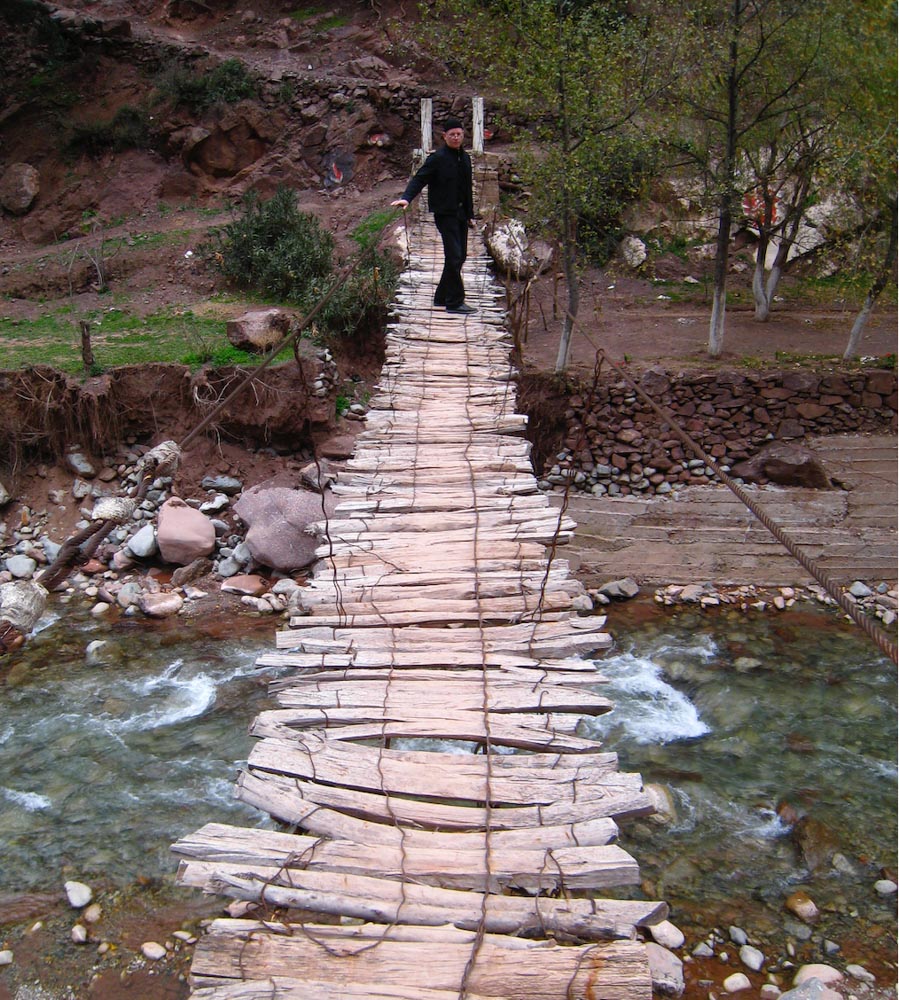
It’s labyrinthine, the way of the wander is like the maze, disorienting and confusing, but could also be marvelous, and spectacle-laden; it could be wonderment; and so too it could be: loss, failure, stumbling and end.
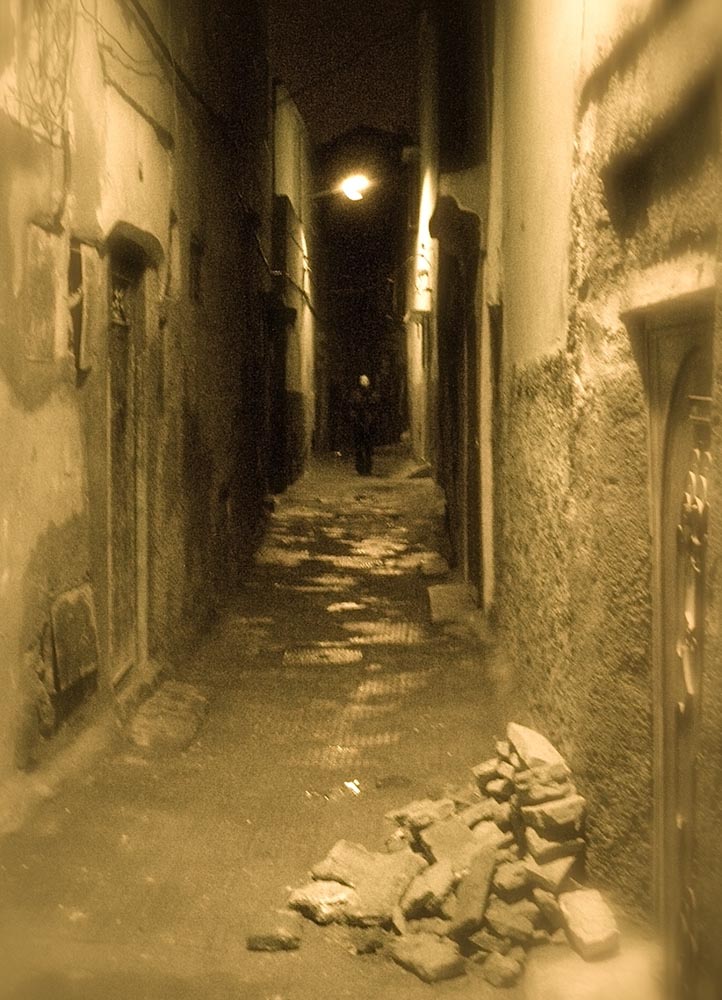
And the end is always the next beginning.
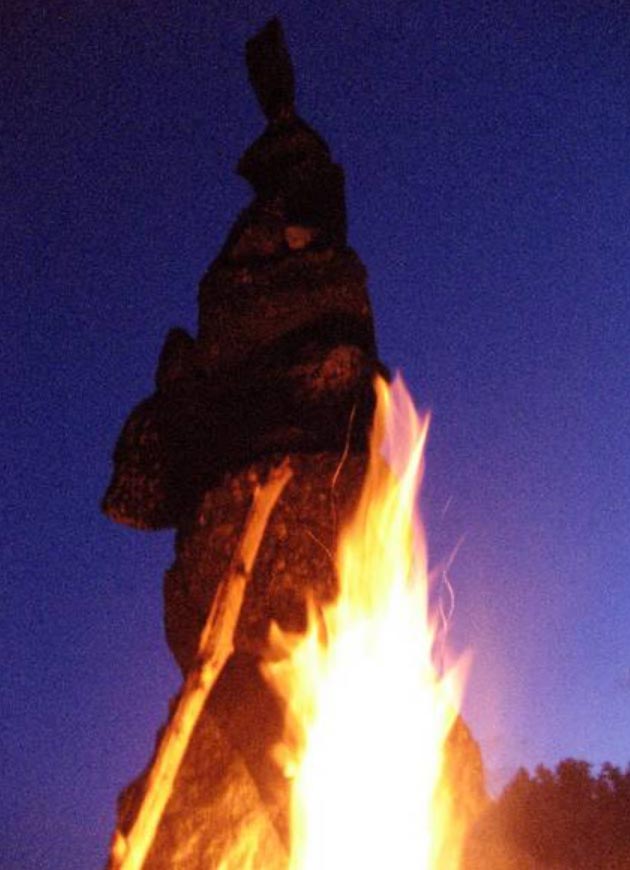
We all know the story of Brand and Fire.
So I won’t recount it.
But consider
if only
for a moment
that the etymology of brand
lies in ancient sounds and roots—
perhaps some 5,000 years back,
brand is the voicing of fire.
As I’ve noted in the last couple of blogs, on our work,
we look into the psychic space of brand—the deeper sphere of emotionality, inspiration, the cavernous place of meaning, memory and mindfulness.
Brands, leadership and their stories lend themselves to metaphor, poetry, magic and transformational archetypes—but who wouldn’t, too, study the allegories of being?
That is the being-ness of humanity: it’s what we do as people,
And this pathway might represent sequences of symbols and ideals that aren’t merely the commentary of decades, but thousands of years.
In this, of course, as Carl Jung observed, patterns emerge.
These could be found in the Light. In shadows, they are represented in the Dark.
You might know them as the Mother. Or find them in the Father. They come as the Hero. They emerge as the Trickster.
They reveal themselves in the Healer. There are other tiers of symbolism in the coil of the serpent—that, in ouroboros, shows a cyclical endlessness—made and self-consuming. The coil round the egg, the alchemical revelations of the philosopher’s stone.
There are some that ply this strategic trade on the tactical nomenclature of looking at archetypes in brand. We’ve been there—we consider it in
the context of brand and placemaking.
There are patterns,
they align and shimmer with
the potentials of mindful connectivity,
memory the re-collection of place.
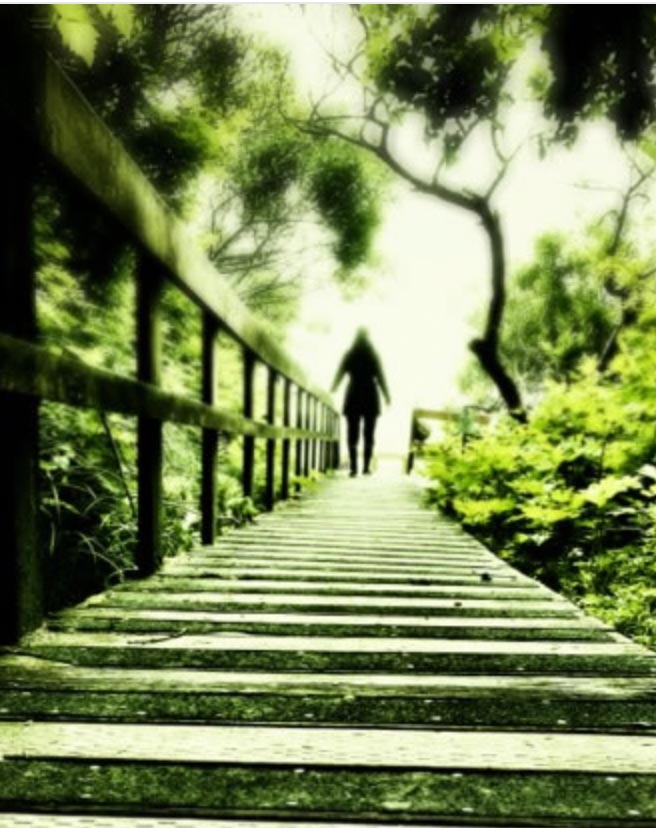
Certainly such a patterning might be
the deep allegory of the way forward—in architecture, for example:
the entry sequence, which could be the doorway, a kind of portal,
the transom, the lintel, the pillar—which holds the floor, and arcs the ceiling.
And, to the passage, there is the Hallway — the channel between places.
And what is seen from the corridor, out-looking-in.
And in, and out.
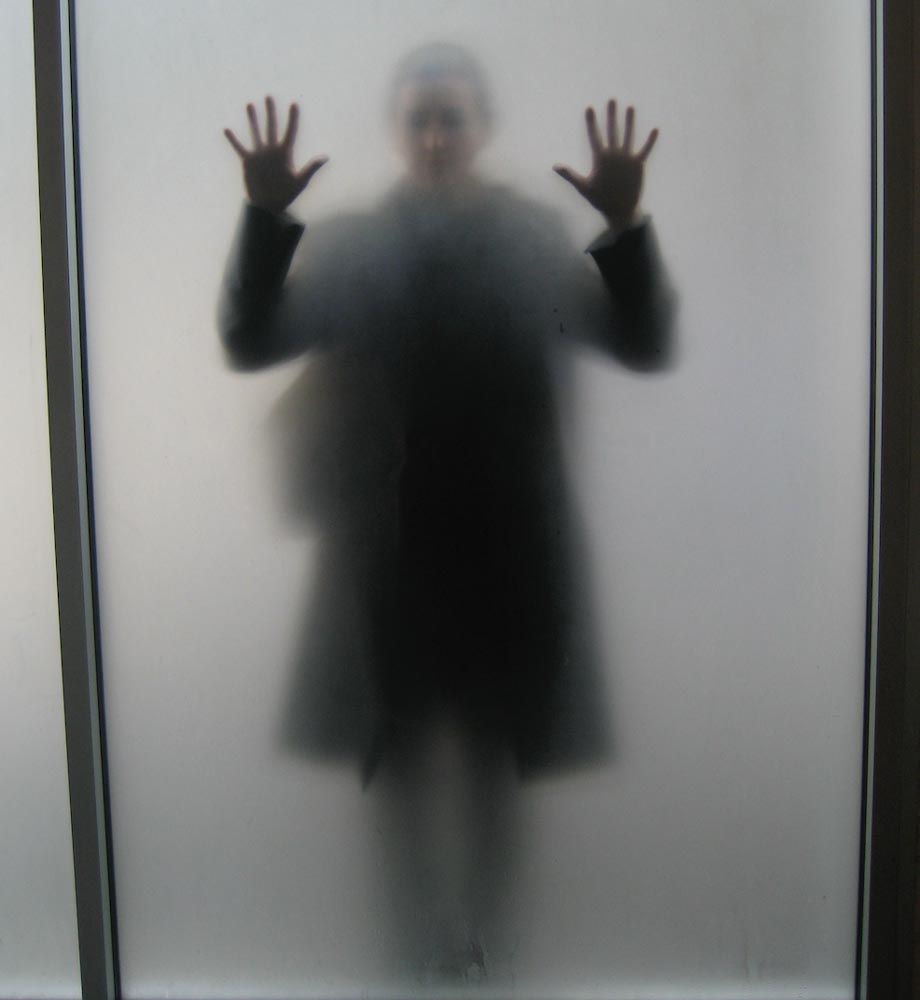
Each of us—as people, and in our work on, and around brands—there are patterns that relate to
the heart of being and the soul of the work. And the quest in looking at them, for them, through them.
What would that be for you?
A symbol, the ballista, a thrown object in the catalyst of ideas—and for you, what is that?
A hearth, a horse,
the raven, the cat,
the doorway, the candle,
the sailor, the sail—the figure, astride that farther doorway.
Is that the star—the stairway—that guides you?
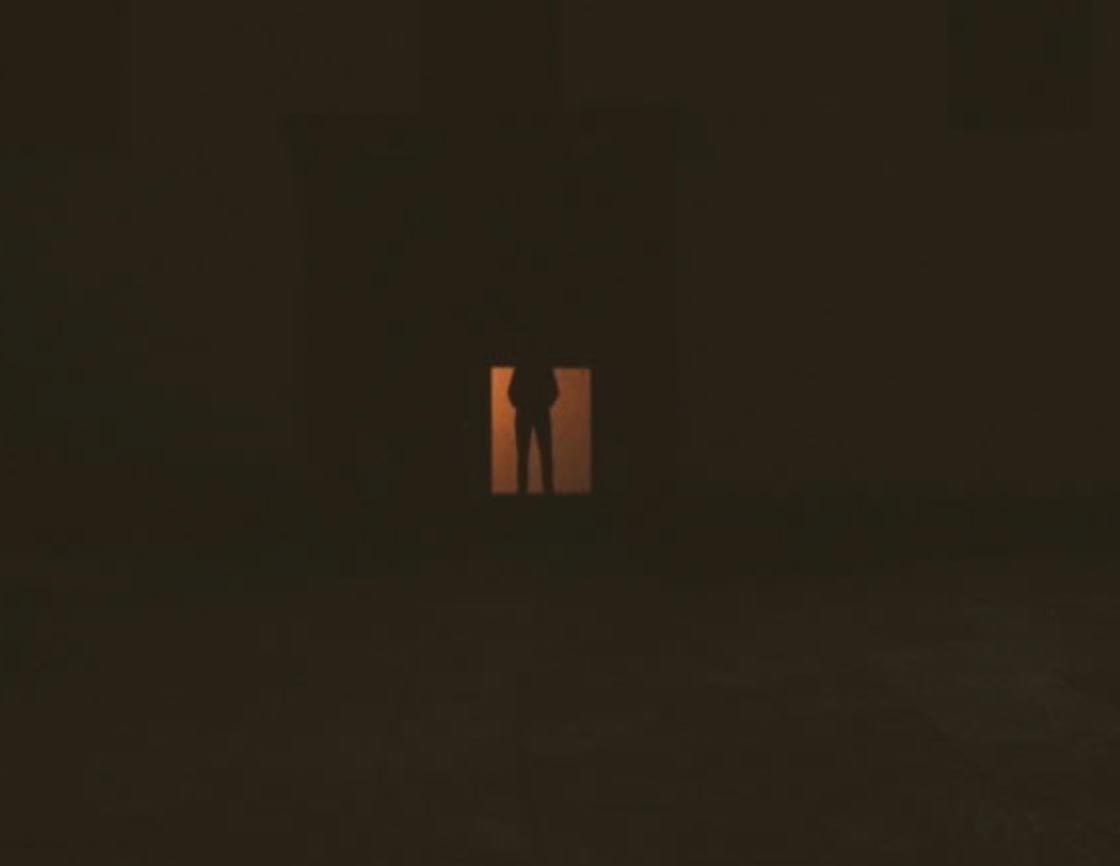
What would it be—taking you, your personal narrative, still further?
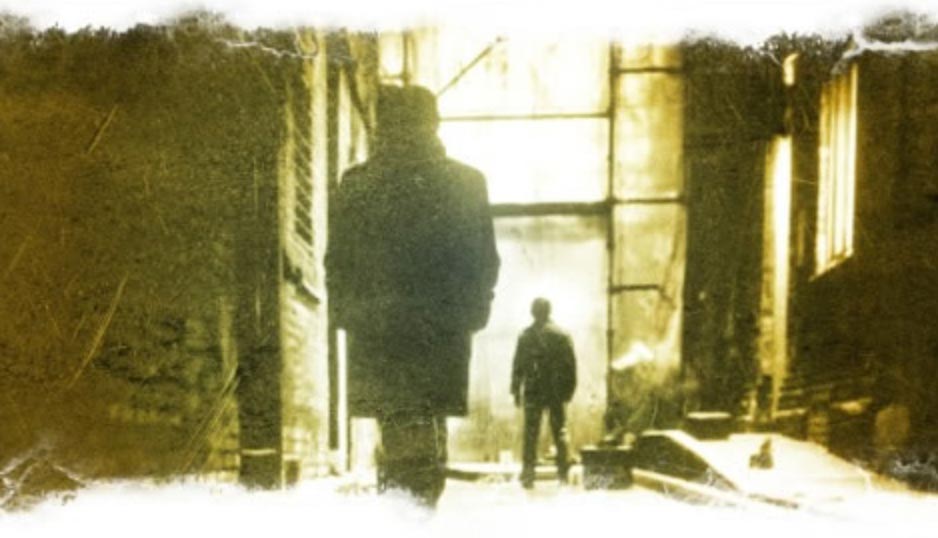
Could there be a personal symbol, some element which works as a personal patterning?
For me, I think ravens, crows, the long road and wanderers. That emerges as a story. Goes like: “I look down an alley, there is steam billowing in the light. There are markings on the wall. Wait, is that a shadow? It’s a figure.
It then emerges from the dark—and what I see then is…
me.
While I stand there, looking forward, I realize that this image, this visage,
is myself—the quester,
the journeyer.
Which I call, the Wanderer.
That is the persona of a walker, the way wender—a person, a journeyer who is perpetually looking out, searching for more—
a learner, a listener, a staff, a hat shielding from the sun.
My dad shot this picture of me, hill bound, Mexico.
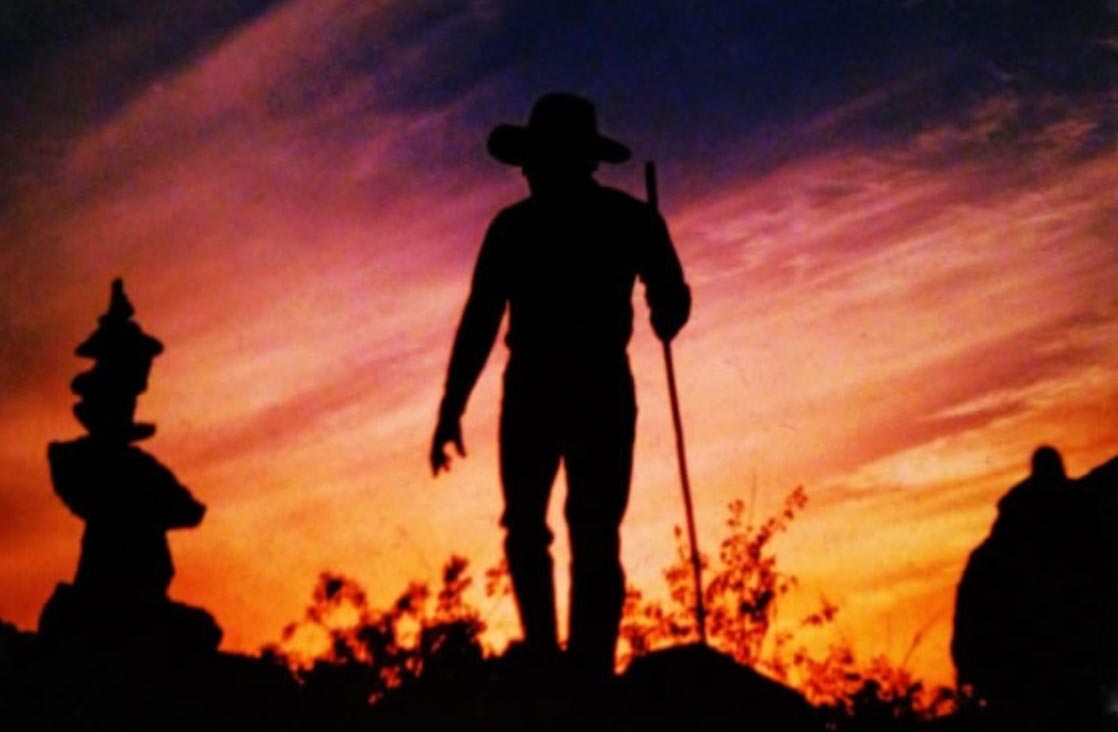
In my own
being out there,
there is always that
person
who is further out there.
They might be on the farther range,
the distant pathway, the remote crag, the misted jungle way.
I keep an eye on the Wanderer—who is the one
that’s not here, but there.
Far out there.
In the tradition of exploring personal iconography—as you might do in your study of personal archetypes and symbolisms—draw them up and keep them round.
I draw these icons on wood, stone, glass and ice, air and water —
and I keep them around as a statement, a remembrance of these tenets:
Be out, ever watchful—look-out, sentinel.
Pay close attention, lean in.
Be on the road,
the path keeps the stride onwards.
And in that go farther.
And I believe, that each of us is our own Wanderer—we travel our paths and seem to be lost in our ways,
but we’re only on a path that, for now, we might not know. Certainty comes in the taking of that pathway.
Every trail is a question, every way found is an answer. It all comes back to your attention on the way found.
For to each,
we
make
our
way.
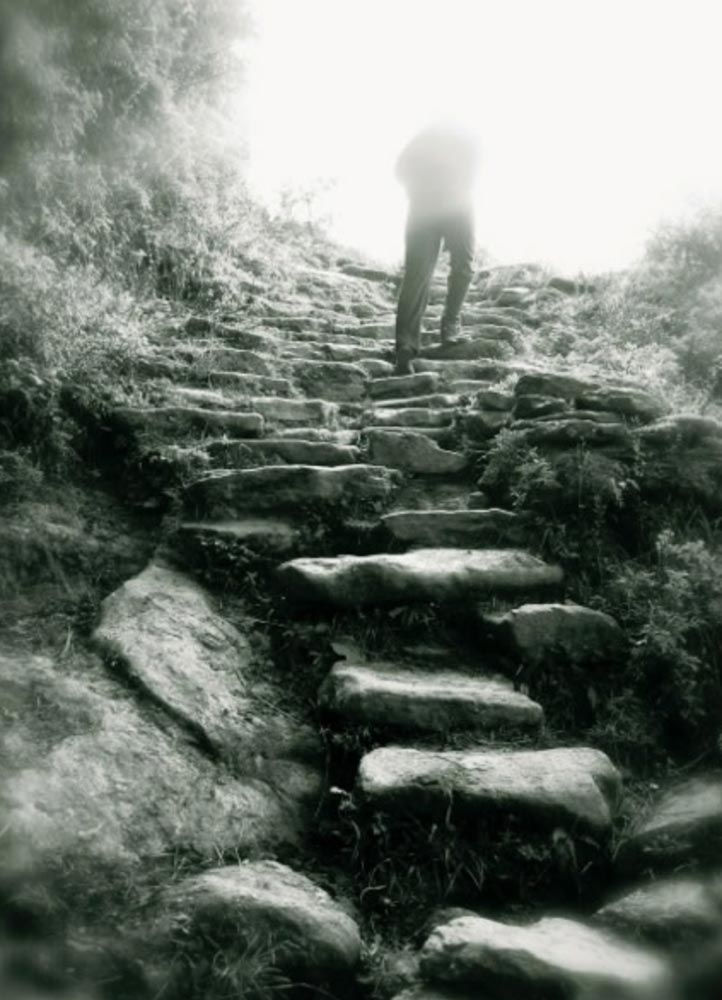
A journey into
W a n d e r e r s—a set of drawings.
White Quartz
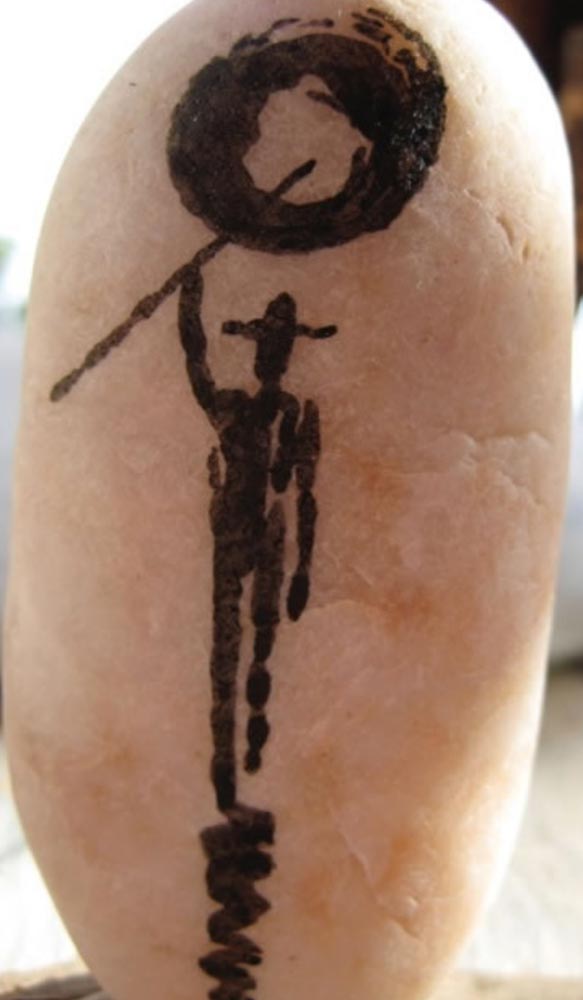
Clay scribed and Madrona
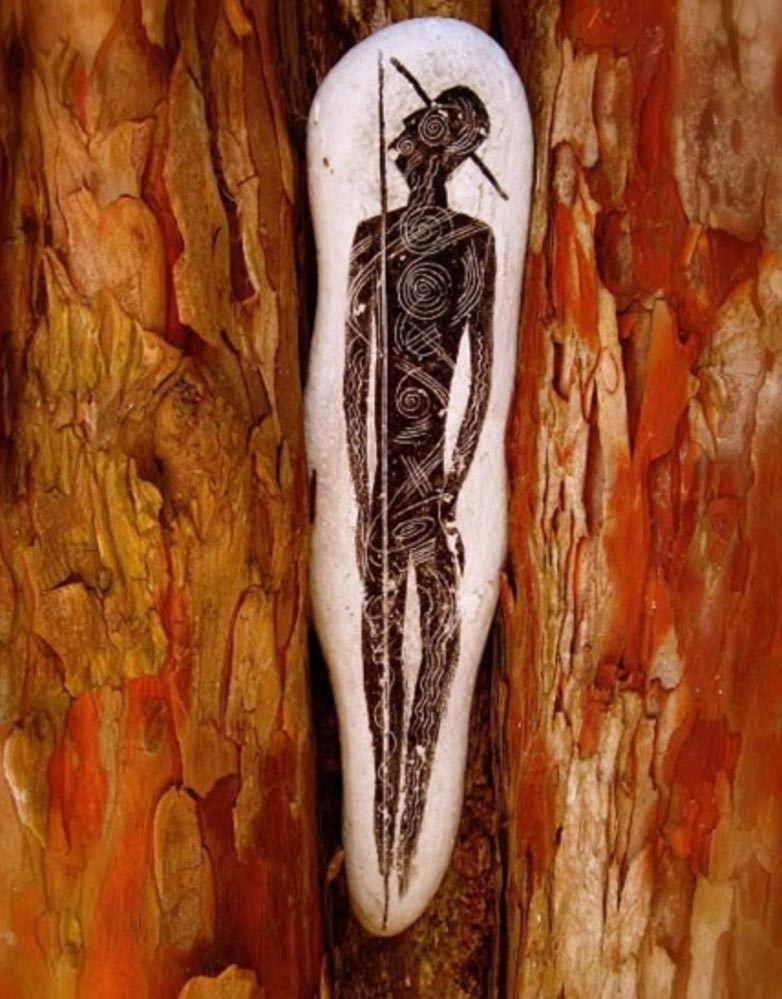
Marine Clay
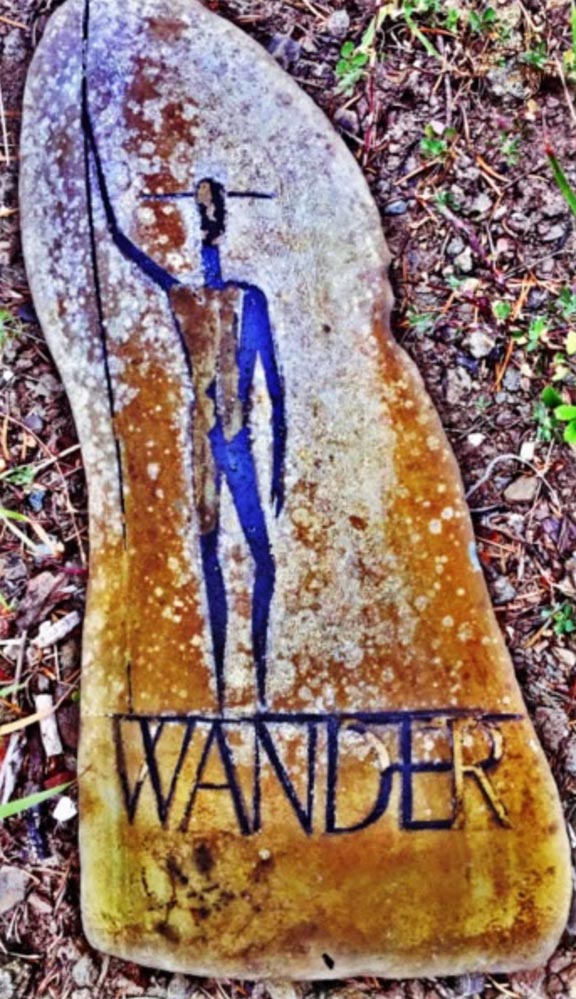
Driftwood
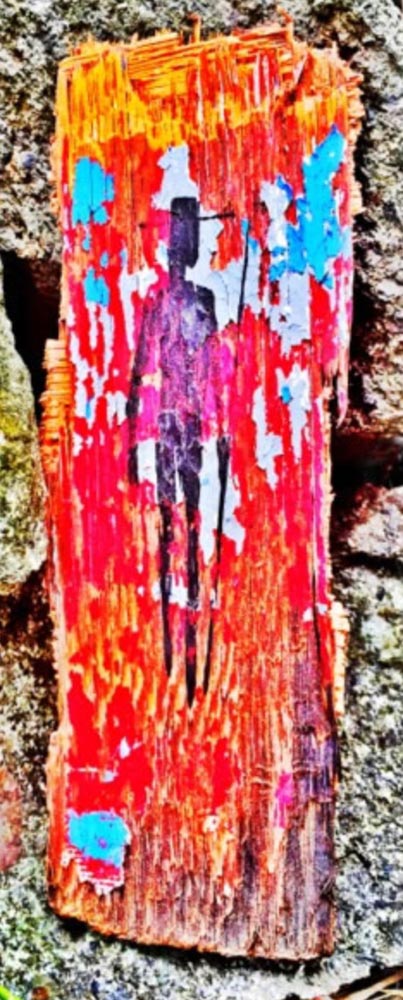 >
>
Brick
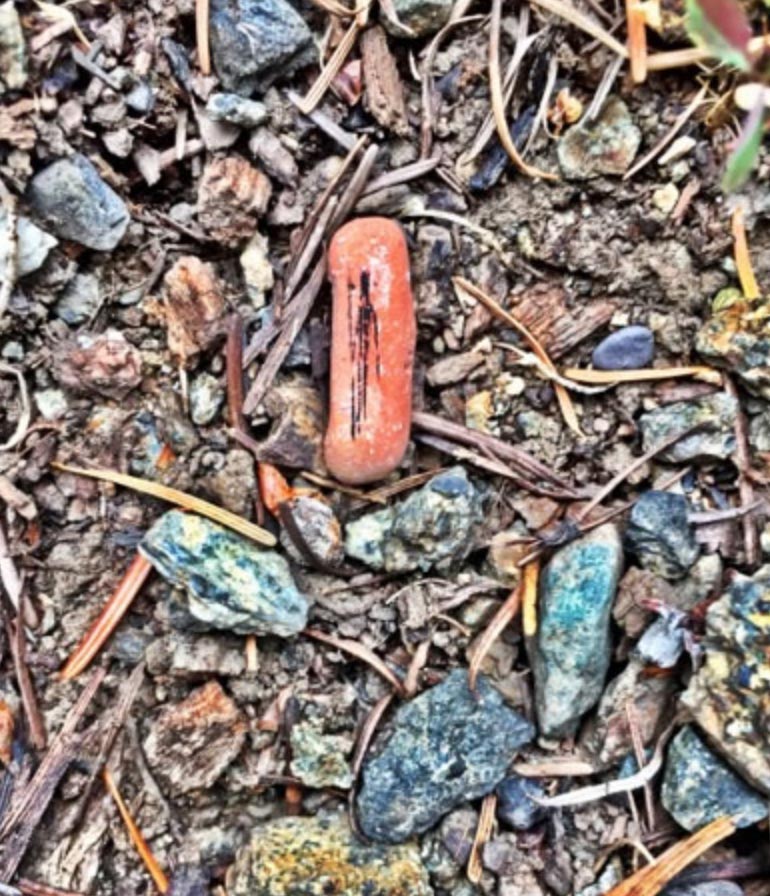
Cedar
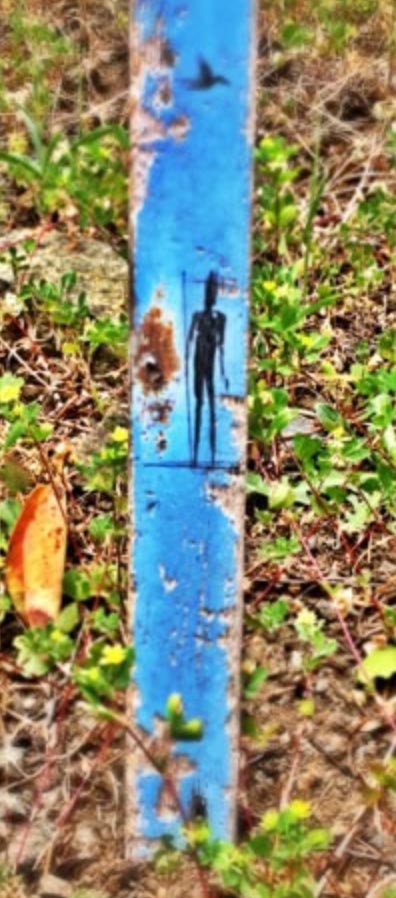
Cedar Shake sliver
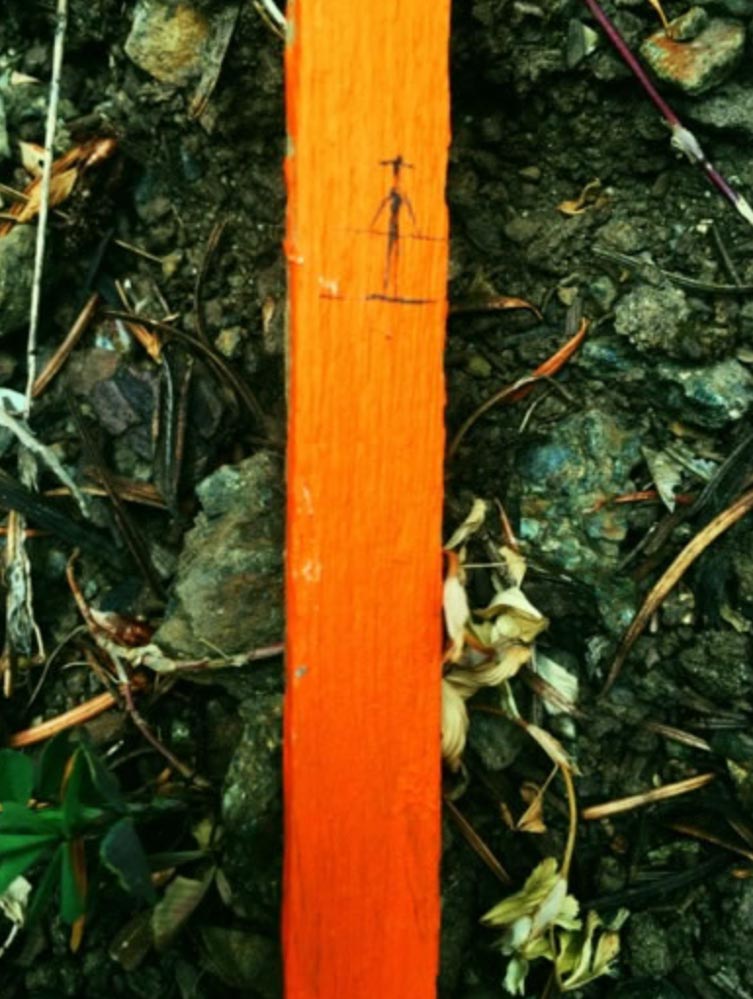
Ghost Clay
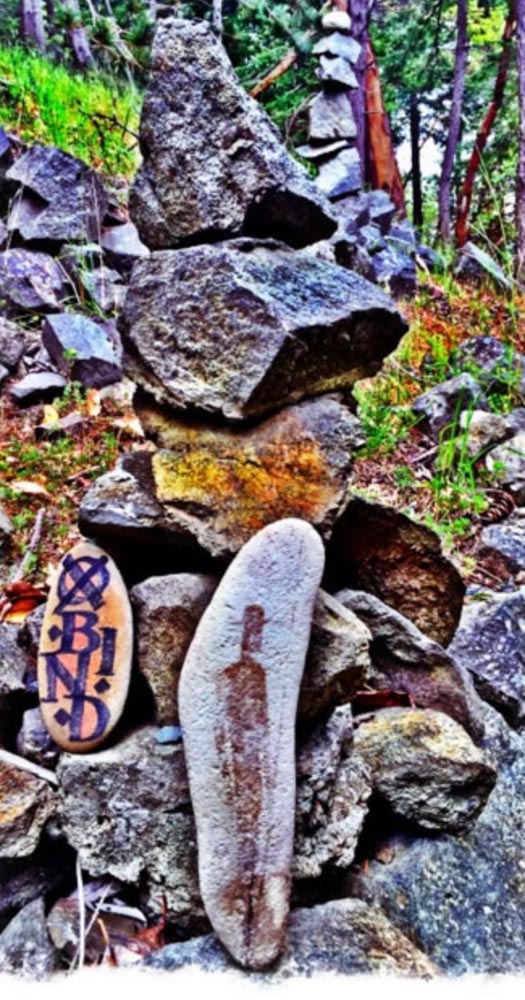
Clay Stave
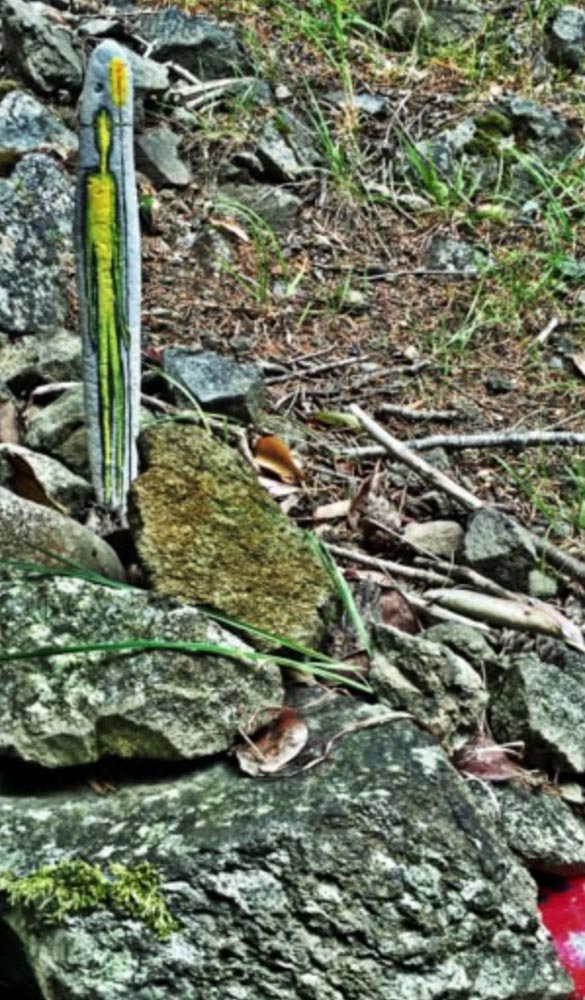
Found Plywood
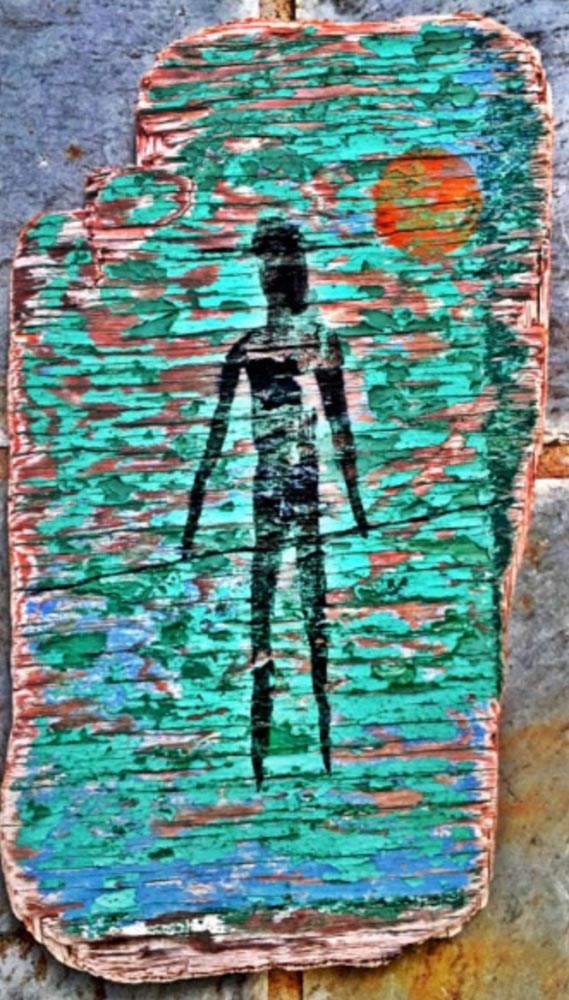
EndGrain Pine
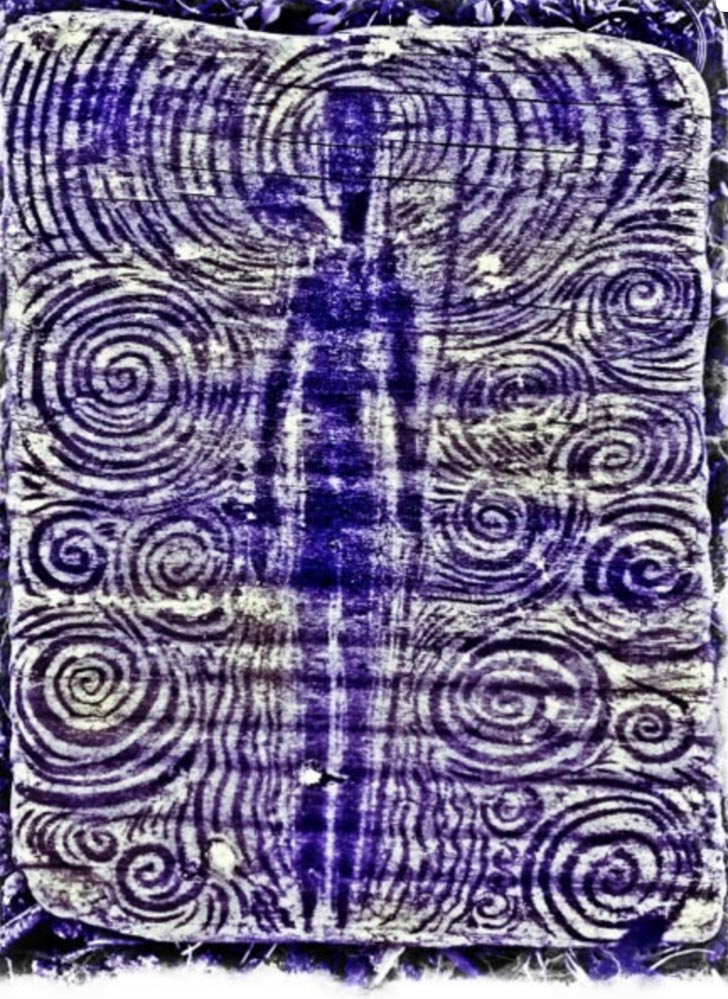
Found Timber
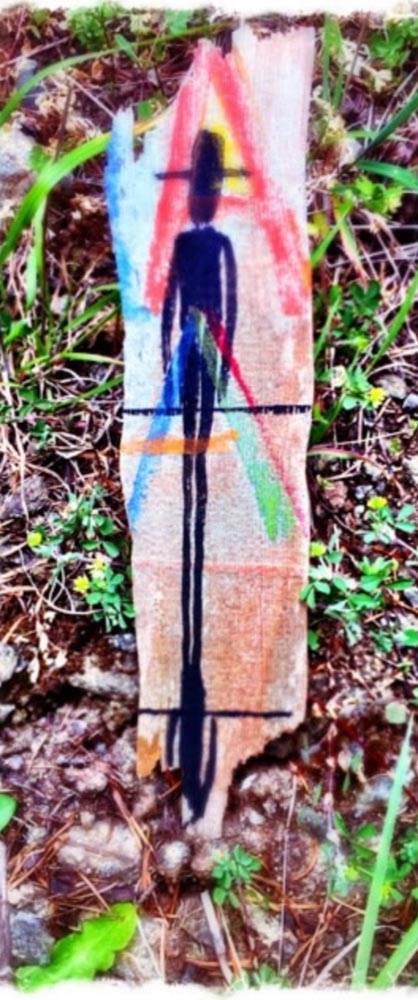
Black Rock
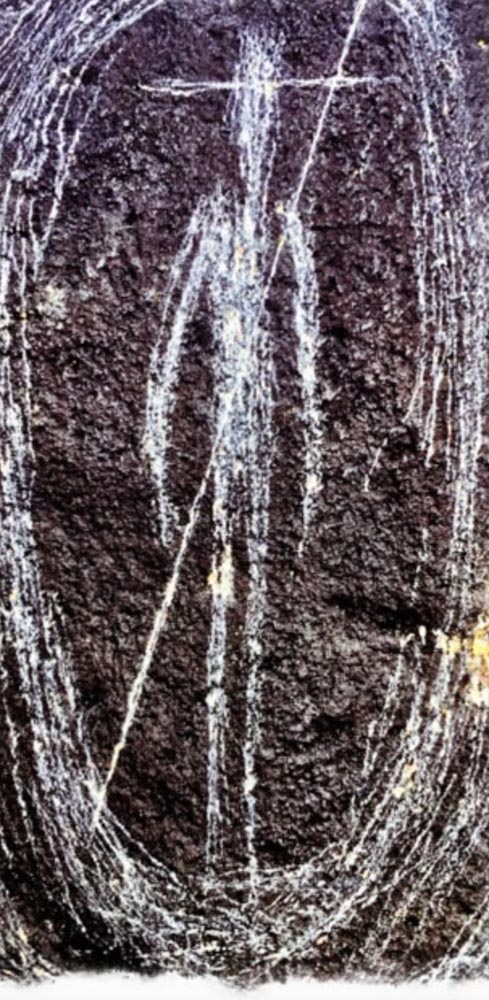
Sawn Cedarwood
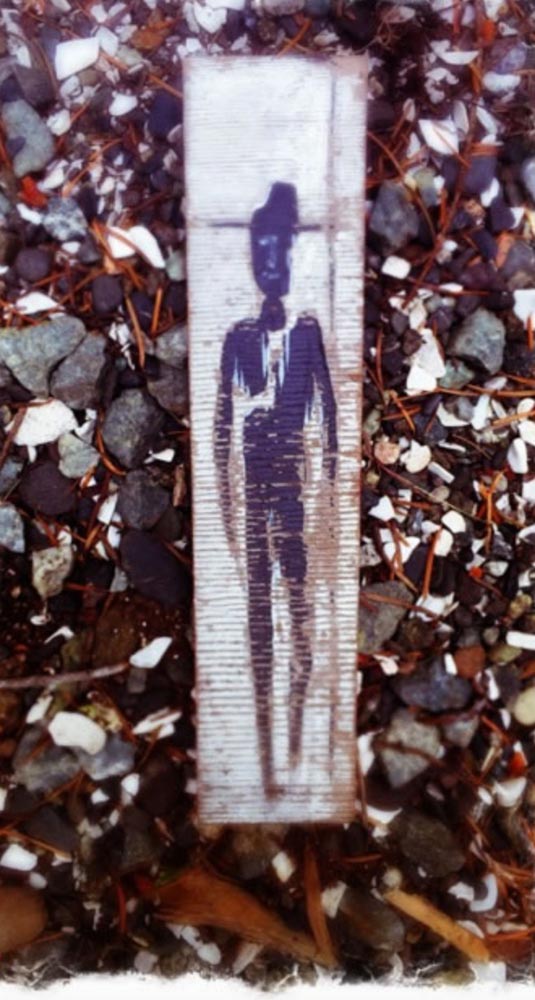
Reminders
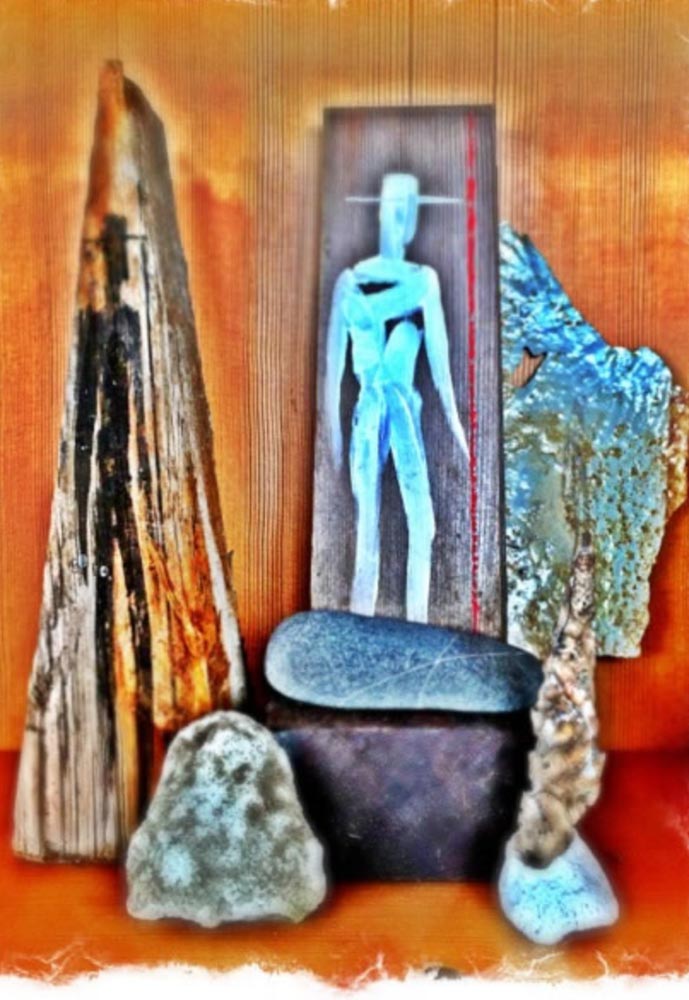
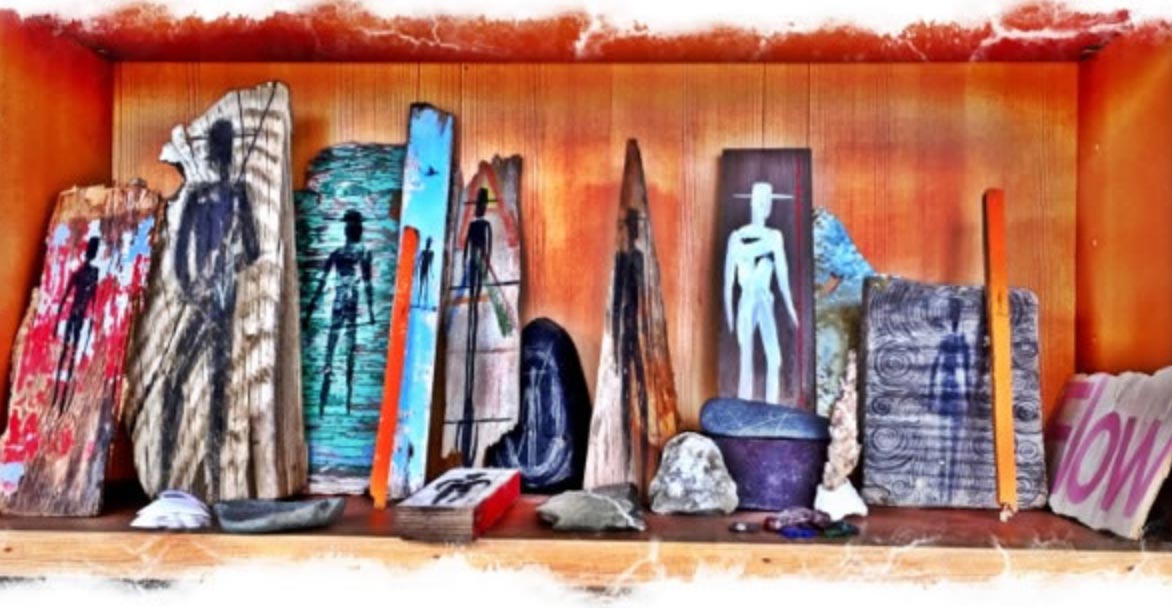
I think of reminders as just that: re-Minders.
They bring you back to paying attention.
And in these, that’s the point—in the journey of wandering,
that’s the core apex of action:
pay
attention.
If you’re out there, how are you leaning in to listen?
What do you see?
Watching — what can you learn?
Direction?
Pattern?
Way-finding.
As well we all know —
not all that wander are lost.
They could be just that — finding.
Tim | Osean | Girvin | Tim Girvin
….
Designing well[ness]